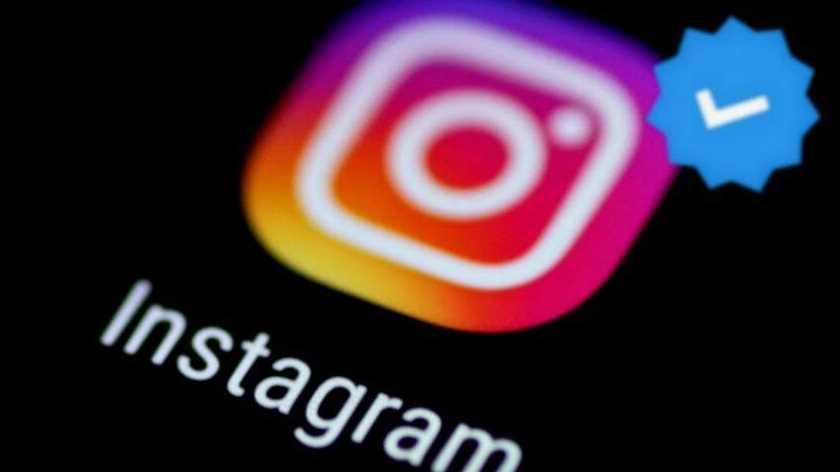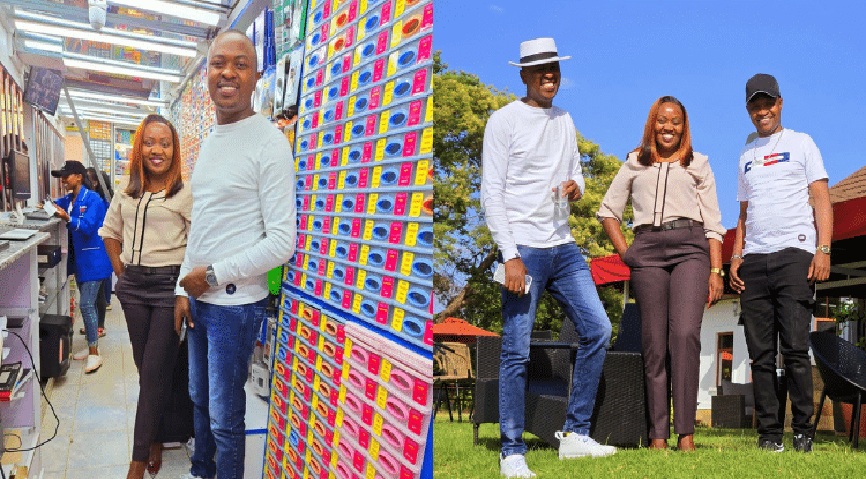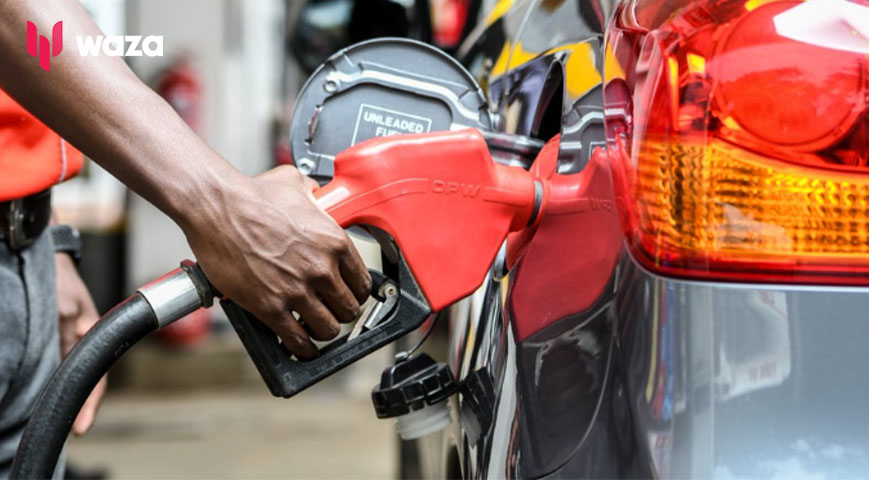On Friday, Facebook and Instagram started a week-long deployment of their first paid verification service to test users' interest in paying for previously free social media features.
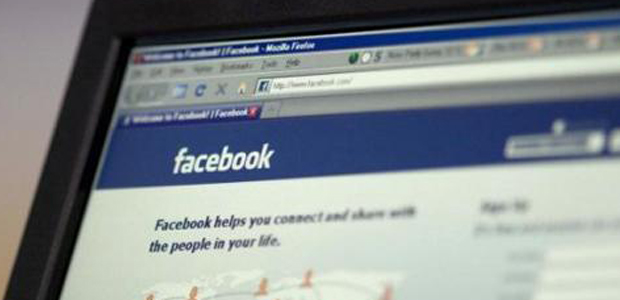
Parent firm Meta is testing a subscription in Australia and New Zealand before launching it in more extensive regions due to declining advertising revenues. The service price is US$11.99 for the web and US$14.99 for iOS and Android mobile devices.
According to the company, users in Australia with government-issued IDs can apply for a verified badge starting on Friday. This badge will protect you from impersonation, direct access to customer support, and increased visibility.
According to a Meta spokeswoman who talked to AFP, "We'll be gradually giving out access to Meta Verified on Facebook and Instagram and plan to reach 100% availability within the first 7 days of the launch."
Did you read this?
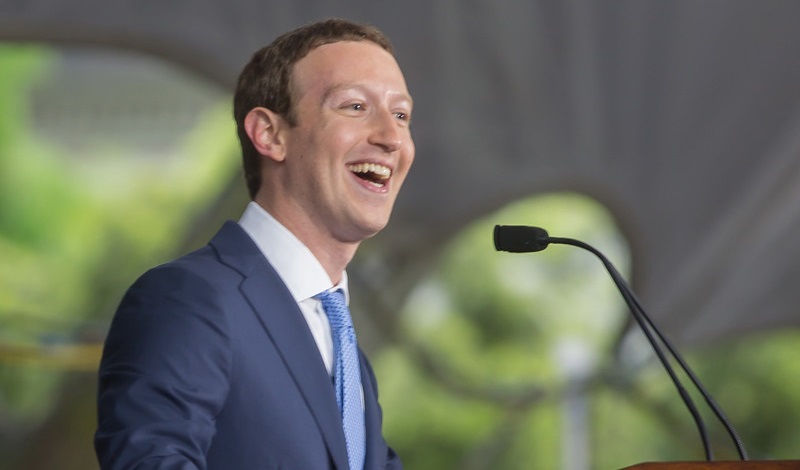
On the initial day of the launch, some attempts to join Meta Verified from Sydney discovered the service needed to be made available.
CEO of Meta Mark Zuckerberg stated in a statement shared on Facebook and Instagram that "this new feature is about strengthening authenticity and security across our platforms."
Notably, the change allows Meta to increase revenue from its two billion users.
Experts believe that the growing number of online creators, influencers, and "celebrities" could be clear consumers of verification.
Many of them gripe about how challenging it may be to resolve technical and administrative issues, which results in delays and lost money.
A form of "VIP service" might be "quite a valuable proposition for a content creator," according to the University of Sydney expert in online communication Jonathon Hutchinson.
But, before the introduction, familiar users didn't seem overly eager to donate money to a business that already reaps enormous profits from their data.
According to Ainsley Jade, a social media user from Sydney who is 35 years old, most of my friends would laugh at that.
She observes a change away from "putting your whole life on there" in favour of more casual social media use.
"I believe people are avoiding that... but I wouldn't pay for it – not in a million years!
Commentators have questioned why Facebook and Instagram would use a verification-subscription tactic that rival Twitter only recently employed, with mixed results.
Yet Hutchinson said that Meta has frequently demonstrated a willingness to test novel and occasionally risky models before abandoning those that do not.
He sees this most recent move as a component of a more extensive campaign to get people to pay for social media.
In his words to AFP, "I think it's part of a slow-burning strategy to move toward a model that is not free, where more and more services and capabilities will be a paid or subscription-based service."
In the long run, I think that functionality we currently have—joining groups, selling items on "Marketplace"—will eventually turn into subscription-based services," says the author.

